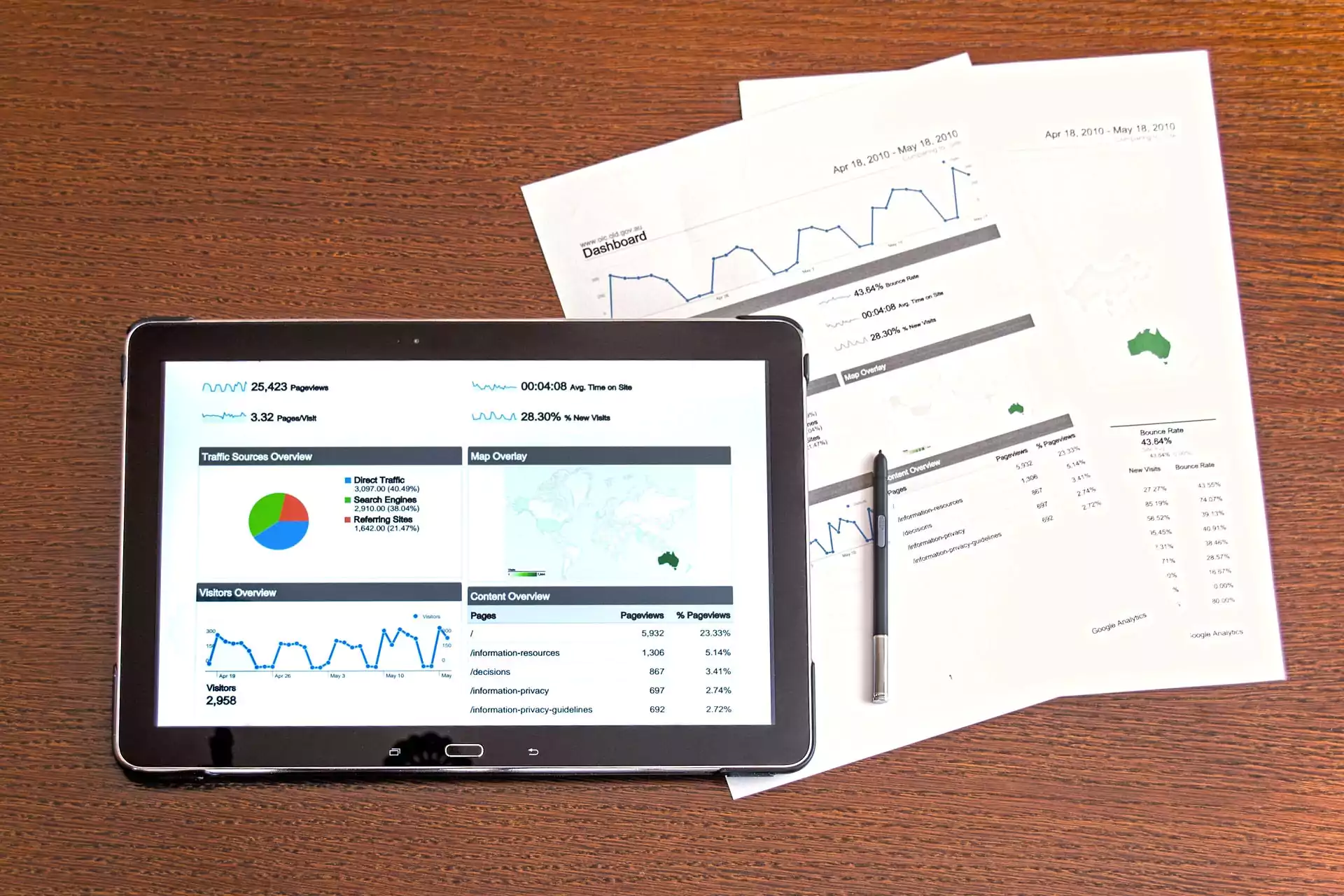Want long-term profit? Try these 5 tips
In the last blog, we learnt about the two kinds of profit margins you should know in order to maximize overall profit. This is the second blog in the series that helps you improve your long-term profits.
1. Speed up your turnaround time
Profit margins are inversely proportional to the cost of production and sale. So the quicker your order-delivery process, the lower your overhead cost per unit produced; and the lower your costs, the higher your profit margins. So re-analyse your processes from order to delivery for any scope of speeding up. Check for any steps that you can eliminate, cut-short, or modify to a cheaper one. Think if you can implement automation at any stage or if you can template, pre-do or combine steps. Try to establish a simpler and more efficient linkage between people and departments involved in the process.
Take a note of the fact that any minor reduction in the turnaround time can reflect greatly on your profit margins later.
2. Increase the purchase velocity
Producing and selling 100 units of an item in one go will cost you cheaper than producing and selling 20 units x 5 different times because you will spend only once rather than 5 different times for several heads like sales, marketing, fixed overhead etc. This in turn will reduce your overall cost and hence, improve your profit margins. So how can you increase the amount you sell to your customers at one time? You can do that by up-selling and cross-selling to increase your average unit of sale. You can up sell to richer offerings, increase your size of offerings, launch combo offers providing complimentary products or services etc.
While this technique will boost your annual sales, it will also let your marketing cost cover a larger unit of sale diluting your overall cost. So profit margins are likely to hike up.
3. Target high-margin clients, products and services
Identify and cut low-margin clients, products and services. Identify and invest in the high-margin ones. You can use software like Giddh to review “margin analysis” of every parameter of your business including products, services, clients, and employees too. This will not only pull you out of getting a small share of profit for a huge heap of hard work and money, but also ensure that your input is directed towards the most profitable parts of your business.
You will be surprised to know that sometimes almost all of your profit comes from only a small fraction of your consumer group. So orienting your business toward such customers rather than spending huge amounts of money on those who hardly bring in any profit can help you reduce the costs and increase your profit margins. Same goes for products and services.
 4. Reduce the attrition
4. Reduce the attrition
Active purchasing should never stop or reduce, no matter what. So try your best to keep the customers actively purchasing from you. Study your reports, figure out what boosts your sales, what brings it down and configure your business strategies accordingly. Stay connected to your customers, make sure they are satisfied, and make sure they choose you next time. Give away bonus cards, gift vouchers, well-timed visits, or phone calls if you have to.
This courteousness toward your existing customers will greatly reduce your acquisition or marketing cost on all the later transactions. Moreover, your business will expand and become more stable.
5. Keep a watch on scrap, spoilage, and wastage
Check for any quality issues on production. Find out whether your forecasting has really been working. Check if you’ve had too much supply in hand than required for an order or if selling the inventory is where you’ve been lacking. You need to make sure whether the money that you’re spending is really giving you the desired results. For example you might be producing bulks of products that are not in demand or you might be investing huge amount of money in marketing but might be targeting the wrong group of audience. So you just need to keep an eye on and reduce any kind of wastage- be it of manpower, material, time or money.
Do check out our tips on optimizing your profits. Or contact us for any finance management assistance.
